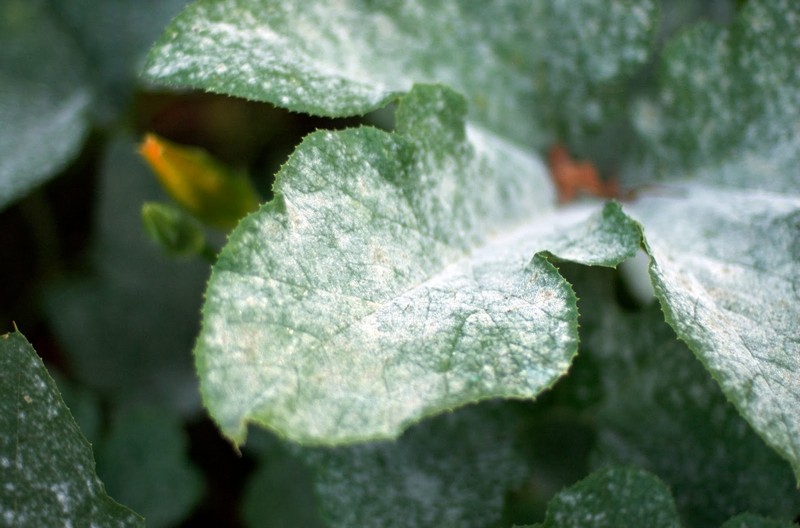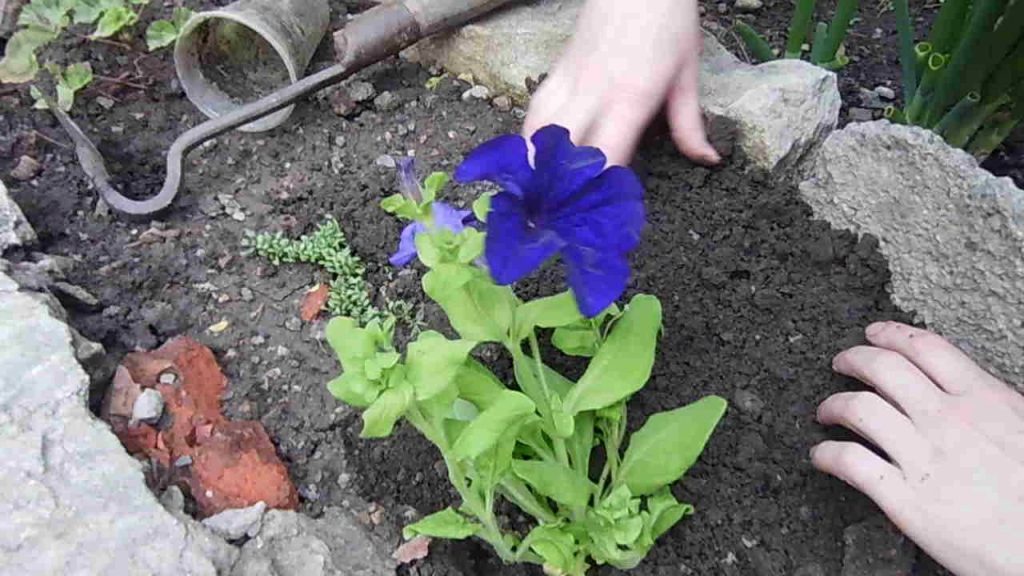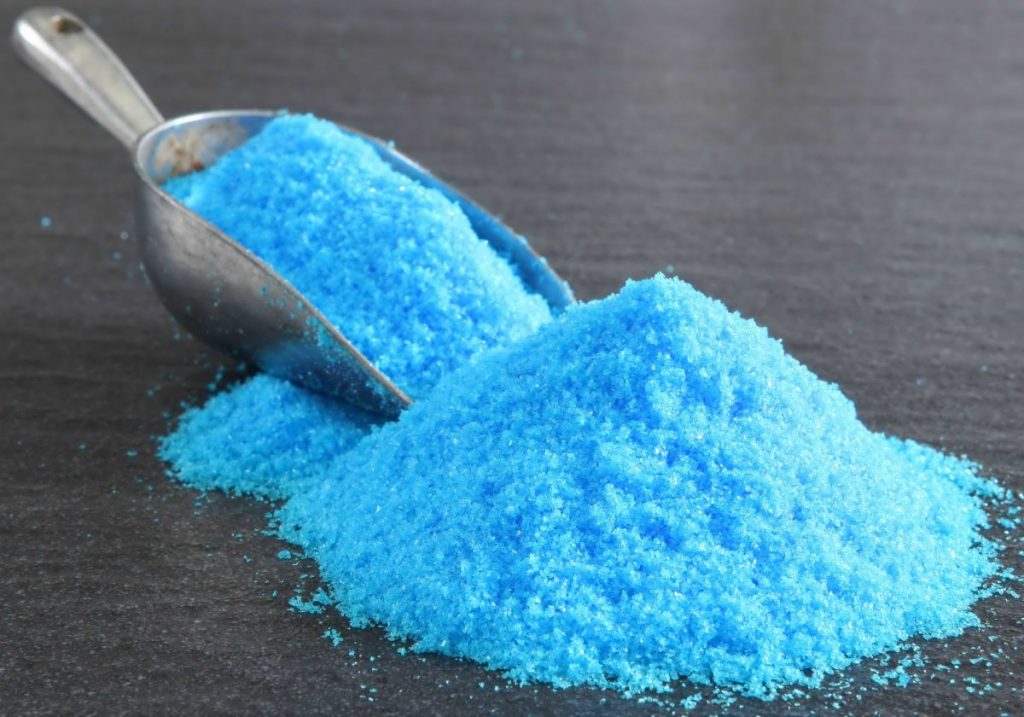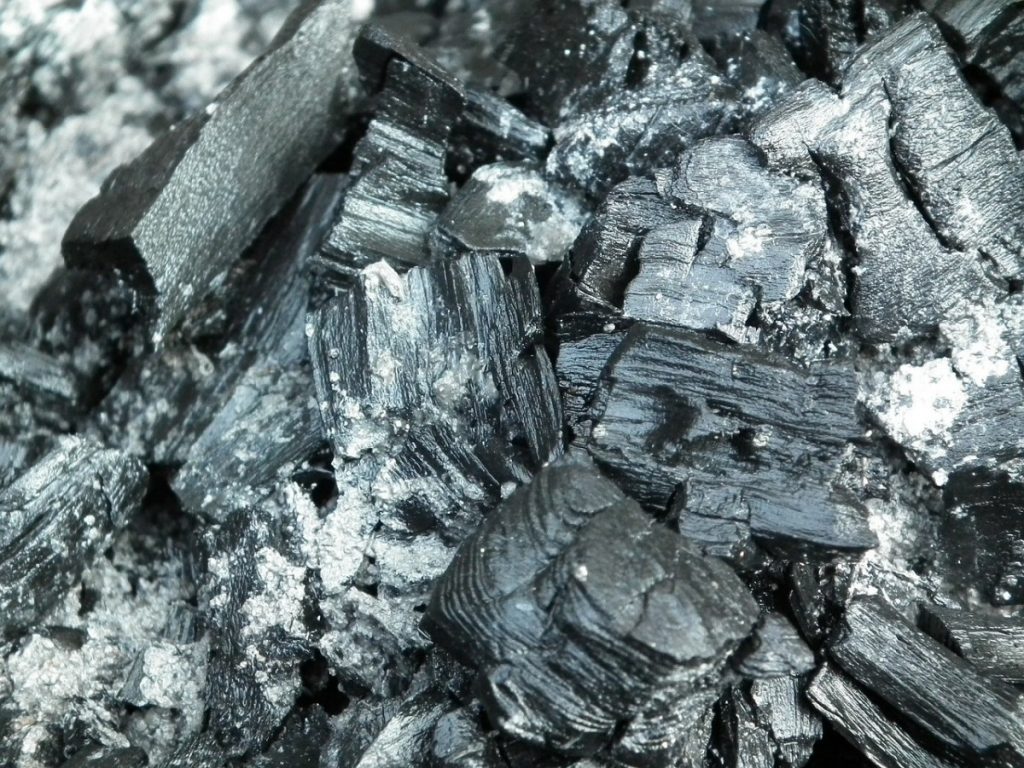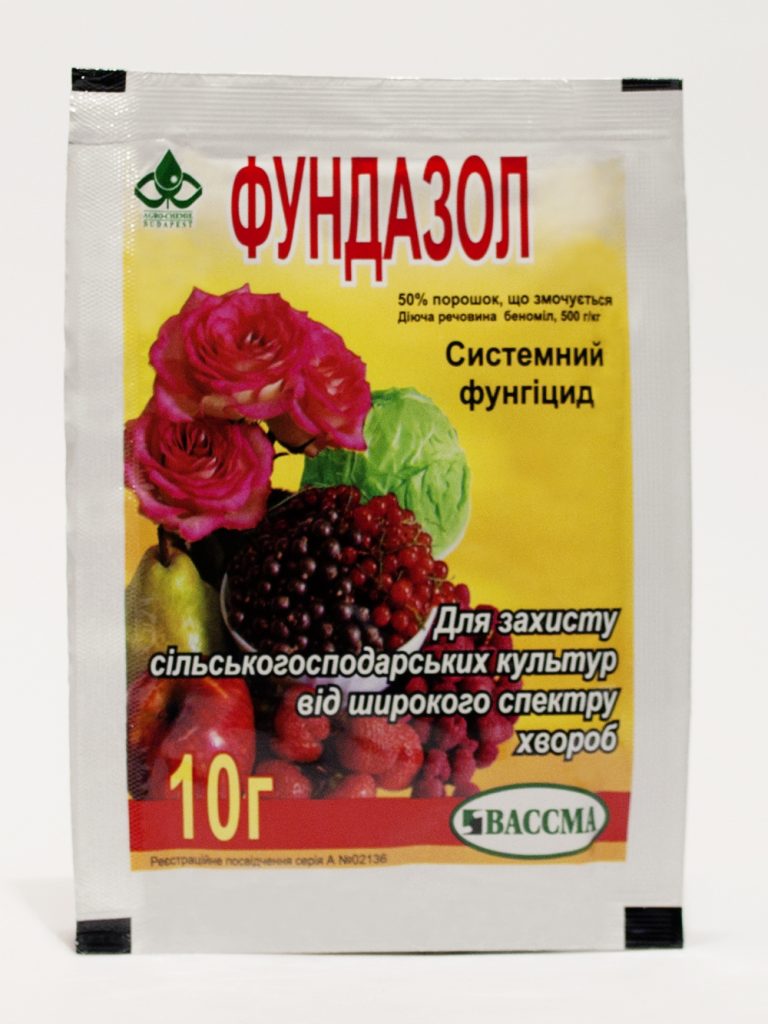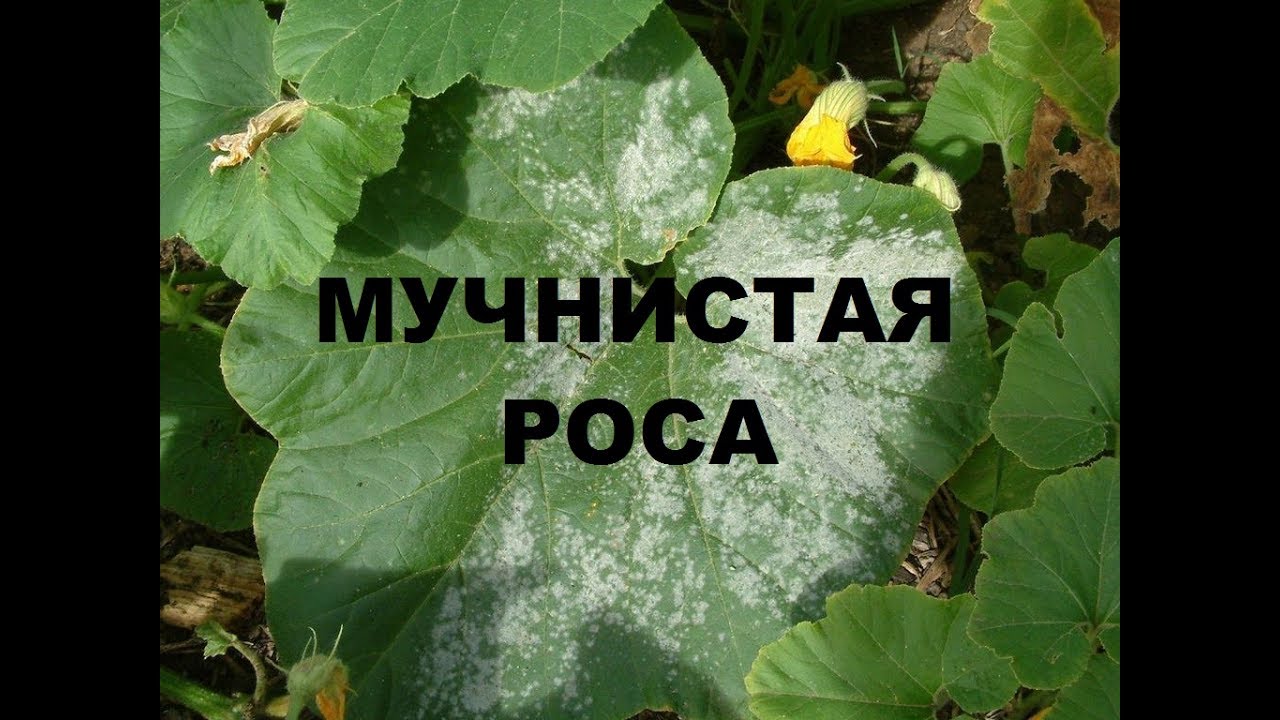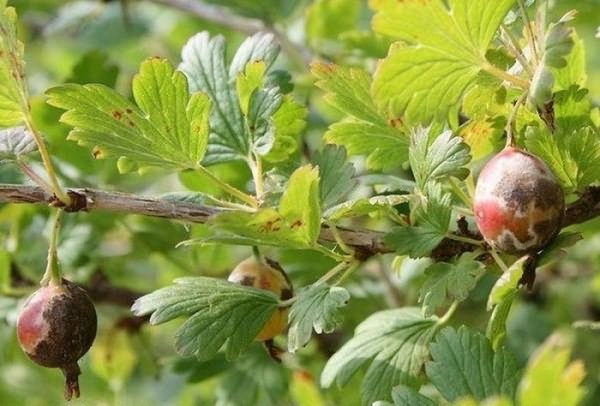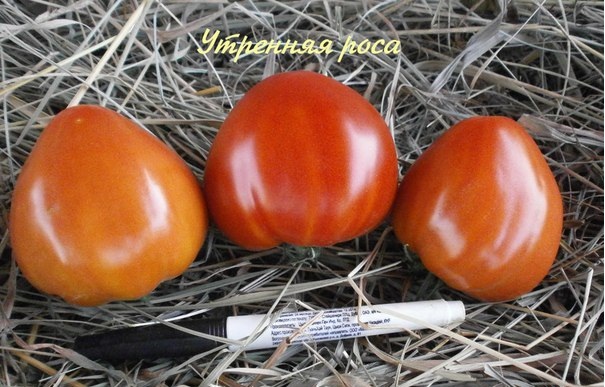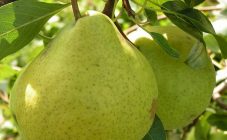Content:
Petunias adorn many gardens, balconies, verandas and city parks. This beautiful unpretentious flower came to us from Brazil. And for some reason there it was called "tobacco". And later these flowers were isolated as a separate species and named petunia (tobacco in Brazil is called "petun").
Petunia appeared in Russia in 1839. In 1855, the first representatives of terry varieties were bred. Large-flowered petunias were created in 1881. In the middle of the last century, breeders bred ampelous and cascading varieties of petunias that grow faster than usual. In good light, the main shoot and many lateral ones are quickly formed.
Now small-flowered petunias are very popular, the diameter of their flowers is no more than 4 cm. They are very decorative. They are planted in flowerpots, flower beds, hanging pots, and they decorate the unsightly walls of houses and other buildings. Used in vertical beds. Such multi-colored clouds look very impressive.
Petunias are unpretentious in care, but sometimes, with improper care, they can be affected by diseases such as
- powdery mildew;
- gray rot;
- blackleg.
Next, it is considered what powdery mildew is on petunia and how to deal with it.
Causes of the disease
Sometimes novice gardeners notice a white bloom on the leaves of petunia and do not know what to do and what kind of trouble it is. This attack is called powdery mildew. This is a disease caused by fungi that are activated in wet weather, so it is so important to follow the watering regime.
The causative agents of the disease can be found:
- in the land on which the flower was planted;
- in water for irrigation;
- spread from neighboring plants by wind or insects;
A person himself can transfer fungal spores on tools or hands. Air humidity above 60-80% and a drop in temperature below 18-20 ° C are excellent conditions for this disease, especially with an excess of nitrogen in the soil.
With a very dense planting, airing the plants becomes impossible, which leads to this disease. Such plantings must be thinned out.
Powdery mildew (spheroteka) appears as a white bloom on petunia leaves. Indeed, it looks like flour or powdered sugar is sprinkled on the leaves. After hitting the leaves, the infection can spread to the stems, buds and infect the entire plant. Therefore, it is necessary to start treatment as soon as possible.
Having settled on one leaf, the parasitic fungus quickly draws out all the juices from it, feeding on them, and when touched it passes to others. In a couple of days, under suitable conditions, the entire planting can be infected. At first, very small white spots are visible on the leaves, gradually they grow and the whole flower looks like it is sprinkled with white powder or flour. The disease progresses very quickly, the leaves affected by the fungus turn yellow and fall off. And the newly grown leaves are often twisted, unsightly. In cases where the treatment was made late or was not carried out at all, the plant dies.
Downy mildew
Downy mildew exists along with the usual one.It affects only green areas of the plant, its plaque is somewhat "fluffier" than that of the usual one. If powdery mildew appears at low air temperatures and high humidity, then a false disease appears with a lack of moisture.
Fight against false mealy
If the flower garden is struck by false mealy, you can apply the following treatment methods:
- Pour 10 drops of iodine and 1 liter of cow's milk into a bucket of water, mix everything well and treat diseased specimens;
- Spray with polycarbocin solution;
- Spray with copper oxychloride solution.
Any of these formulations are sprayed onto the plant by drip.
Petunia treatment
Many novice gardeners are worried about why petunia leaves turn white and how to get rid of this scourge. At the first manifestations of infection, it is necessary to begin treatment. Indeed, in a very short period of time, the entire garden can die. To destroy the harmful fungus, you must do the following:
- Cut out any leaves, shoots or buds that are covered with white bloom;
- Cut off the soil layer under the plant;
- Place a new soil in place of the excavated soil, treated with drugs against fungal diseases;
- Spray the whole bush with fungicides: Fundazol, Topaz or Vectra.
They also help in the fight against powdery mildew:
- Speed;
- Vitaros;
- Tospin-M;
- Previkur;
- Amistar extra.
In order to prevent mold on petunia leaves, you can treat it with phytosporin, but this biofungicide is ineffective for treatment.
Folk remedies against powdery mildew on petunia
Petunias have been grown in our country for a very long time and we did not always have all kinds of chemicals, gardeners fought well with powdery mildew with home remedies. In the same way, damaged leaves were removed and the plants were treated as follows:
- Copper sulfate. Dissolve 5 g of vitriol in 5 liters of warm water, add 50 g of shaved soap (so that the solution lingers better on parts of the plant). With the resulting solution, treat the bushes of petunias once a week for a month.
- Manganese potassium. Dissolve 2-3 g of manganese in 10 liters of water. Process plants 3-4 times after 5 days.
- Soda solution. Dissolve 2-2.5 tablespoons of soda ash in 5 liters of hot water, add 1 tbsp. a spoonful of shaved soap, stir everything until smooth. Spray petunia bushes and the soil under it with a warm solution after 7-10 days 2-3 times.
- Fermented milk serum. Mix 1 liter of whey with 10 liters of water and spray the plants thoroughly.
- Another fun way: 1 glass of cow's milk, 3 tablespoons of water, 1 teaspoon of salt. Mix everything well and process the affected leaves and stems.
- Mullein. 1 liter of mullein is diluted in 3 liters of water and infused for 2-3 days, then diluted in a ratio of 1:10 and the plants are treated.
- Furacilin. 10 tablets of the drug are dissolved in 5 liters of water and the flowers are treated.
- Garlic. 25-30 g of garlic must be chopped, pour 1 liter of water, insist for a day and process the plant.
- Mustard. 2 tablespoons of dry mustard are diluted in 10 liters of water. Insist 3-5 hours and produce processing.
- Horsetail. 100 g of chopped horsetail must be poured with 1 liter of water and let it brew for a day. Then you need to boil over low heat for about 1-2 hours. Then strain, cool and dilute with water 1: 5. Spray the petunia bush. Best of all from a spray bottle. This solution can be used for both treatment and prevention of powdery mildew. Spraying should be done once a week.
Any methods of treatment, both chemical preparations and folk remedies, should be carried out in cool weather or in the evening so that the plants do not get burned.
Prevention
As you know, any disease is easier to prevent than to cure. This applies to flowers in the same way.To prevent powdery mildew, petunia bushes should not be planted very densely, so that there is good ventilation, and also monitor the irrigation regime with special care. You cannot completely dry out a clod of earth and then water thoroughly. Or vice versa, do not let the soil dry out. In such cases, the plant's immunity decreases. The following substances can be used to prevent disease:
- Ash. Wood ash is infused in water (1 kg of wood ash, 10 liters of warm water) for seven days, then drain the solution from the sediment and add shavings of laundry soap (for this amount of the resulting solution - 2 tablespoons) and then process the petunia from a spray bottle. The remaining sediment (ash) can be poured onto the soil under the plant root.
- Onion peel. They make an infusion: you need to take about 200 grams of husk on a bucket of very hot water and leave for 2 days. Spray plants with strained infusion. This method can be used before the flowers appear.
The better to fight fungus
Each gardener decides what to use for treatment, based on:
- the effectiveness of the drug;
- drug price;
- quantity in a package.
Fundazol
It is a broad spectrum fungicide. Thanks to the presence of benomyl in the composition, it is very successful in combating various diseases. After transformation in the plant into carbendazim, it shows its best qualities. Fundazol is not completely absorbed into the plant, most of it remains on the leaves, which prevents the plant from becoming infected again.
Amistar extra
It is a compound fungicide that helps fight various diseases. As a result, the growing season increases, photoassimilation and nitrogen exchange improve, and the formation of ethylene is suppressed.
Tospin-M
This drug is used to treat and prevent powdery mildew and some other diseases. It should be borne in mind that tospin-M is not effective against downy mildew.
Observing the rules of agricultural technology, it is impossible to protect the plant 100% from infection with powdery mildew, but the risk of infection can be reduced very significantly. And timely treatment will help save a beautiful plant.

